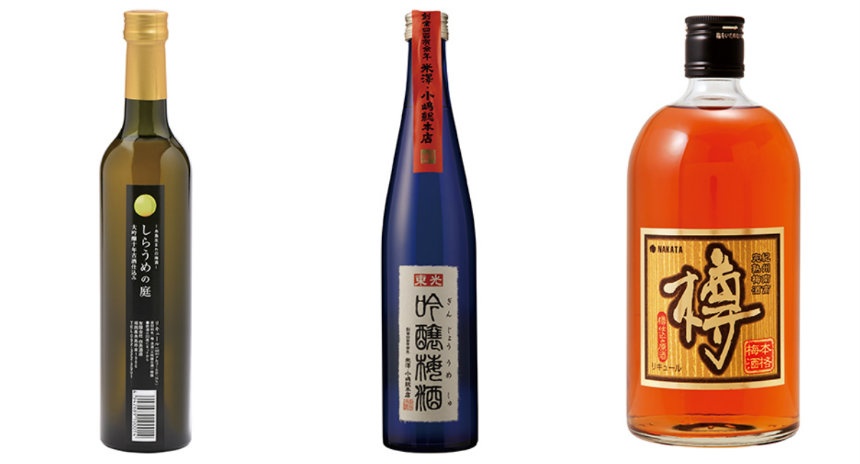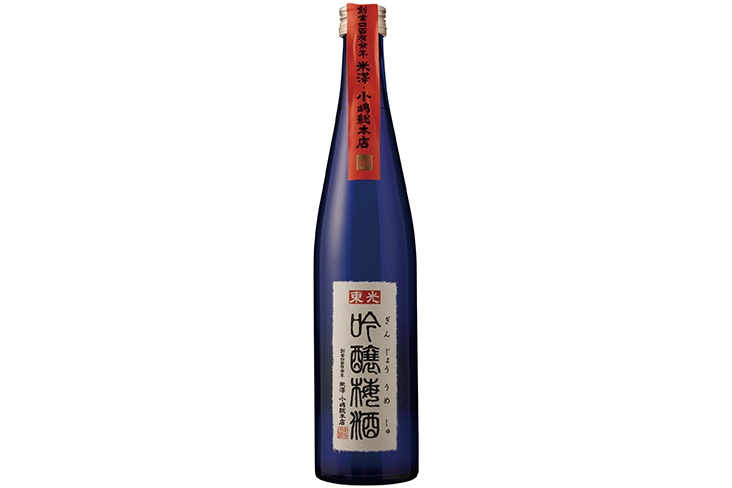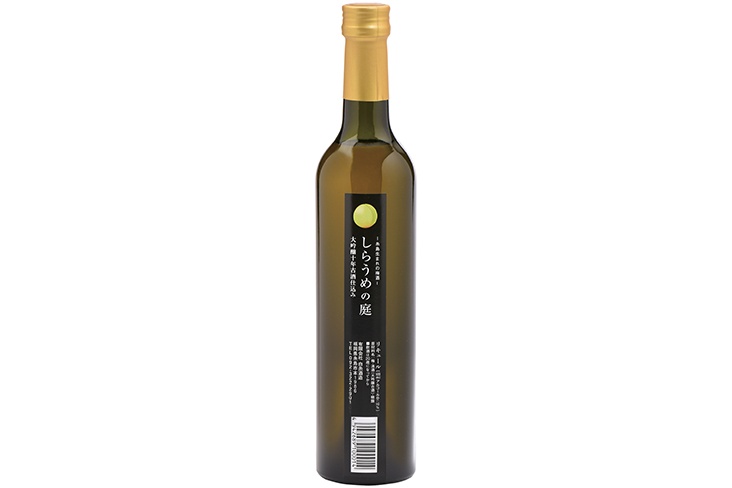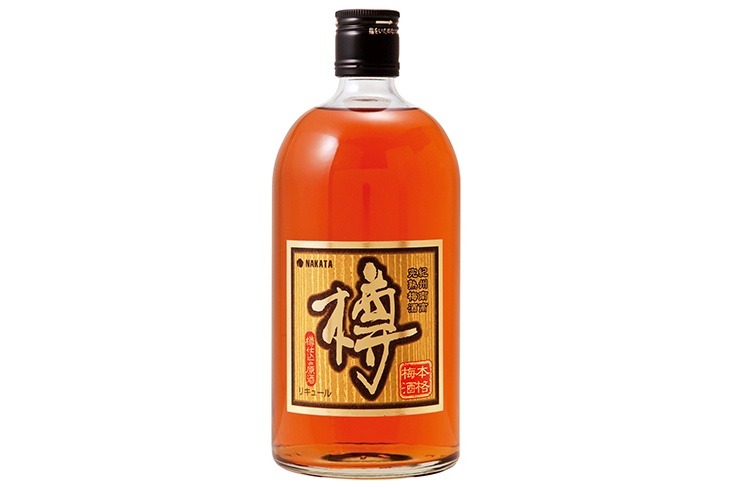3 Top-Notch Plum Wines
Umeshu (plum wine) is actually said to be good for you (in small doses, of course) since it contains citric acid and minerals that sterilize the body and relieve fatigue. So next time you're about to sit down to a gourmet Japanese meal, skip the beer and order one of these three umeshu!
By AAJ Editorial Team3. Toko Ginjo Umeshu (Tokyo)
Umeshu has a long history, and today it remains part of a food culture that has taken root widely among the general public.
Since the time of the Manyoshu (a collection of Japanese poetry compiled in the eighth century), the Japanese people have loved plums. However it wasn't until developments that were unique to Japan during the Edo Period (1603-1867) that Japanese liquor enthusiasts could enjoy this special drink. In fact, recipes for it date as far back as the Honchoshokkan, a book on everyday food in Japan that was published in 1697. Since its discovery, this liquor now enjoys an over 300-year history!
This product is an authentic umeshu made by the long-standing brewery, Toko Ginjo. It also won the “Triple Crown Umeshu” by taking the top prize in each of the last three umeshu contests held in Japan.
Ordinarily, the plum is steeped in korui shochu (a shochu that has been distilled multiple times), but Toko Ginjo Umeshu uses shochu made from sake lees of Japanese junmai ginjo sake (where junmai is the term used to describe sake made without distilled alcohol, and ginjo is sake rice that has been polished away 40 percent, with 60 percent of each grain remaining). This modern taste, which brings together the refreshing flavor of early plums with a gorgeous ginjo fragrance, brings to mind pears, apples and the soft sweetness of rice malt. With just one sip you can taste the rich history along with the sense of a new era of alcohol.
2. Shiraume no Niwa (Fukuoka)
The city of Itoshima in Fukuoka Prefecture is known for producing Yamada Nishiki rice, the finest rice for brewing sake. Standing in the midst of fields growing this extraordinary rice, the 160-year old Shiraito Shuzo sake brewery carries on traditional sake brewing techniques that have been handed down through generations.
The most important method is haneki-shibori, in which brewers separate out the sake lees by hand using a massive tree trunk called a haneki. Wringing sake using machines leaves it with a bitter taste because the machine completely squeezes out the moromi (pre-filtered sake). However, haneki-shibori doesn’t completely squeeze the moromi, so it enables the sake to have a smooth, pure taste.
Shiraume no Niwa is a quality plum wine made from high-quality daiginjo sake (a type of sake that contains rice, koji rice/starter and distilled alcohol) that has aged for 10 years and locally grown Nanko-ume plums that soak in the wine. This Japanese plum liqueur is sought after for its pleasant blend of acidity, which mingles with complexity on the tongue, offering a mellow fragrance that delights the nose and a delicate, subtle aftertaste.
1. Nakata Umeshu Taru (Wakayama)
This is a top-class plum liqueur brewed with nankobai, which is the highest grade of plums from Wakayama Prefecture, a region that specializes in plums. Because nankobai ripen on the tree, they're not suitable for transporting, and are used to make plum liqueur in a way that only the city of Tanabe can.
Nakatafoods Co., Ltd., which makes Nakata Umeshu Taru, is a veteran producer with 118 years in the business. The techniques and original production methods cultivated over a century and passed down over generations have resulted in the superb taste of Nakata Umeshu Taru, which has been aged in oak barrels used for wines and spirits, giving the wine a fruity plum aroma.







